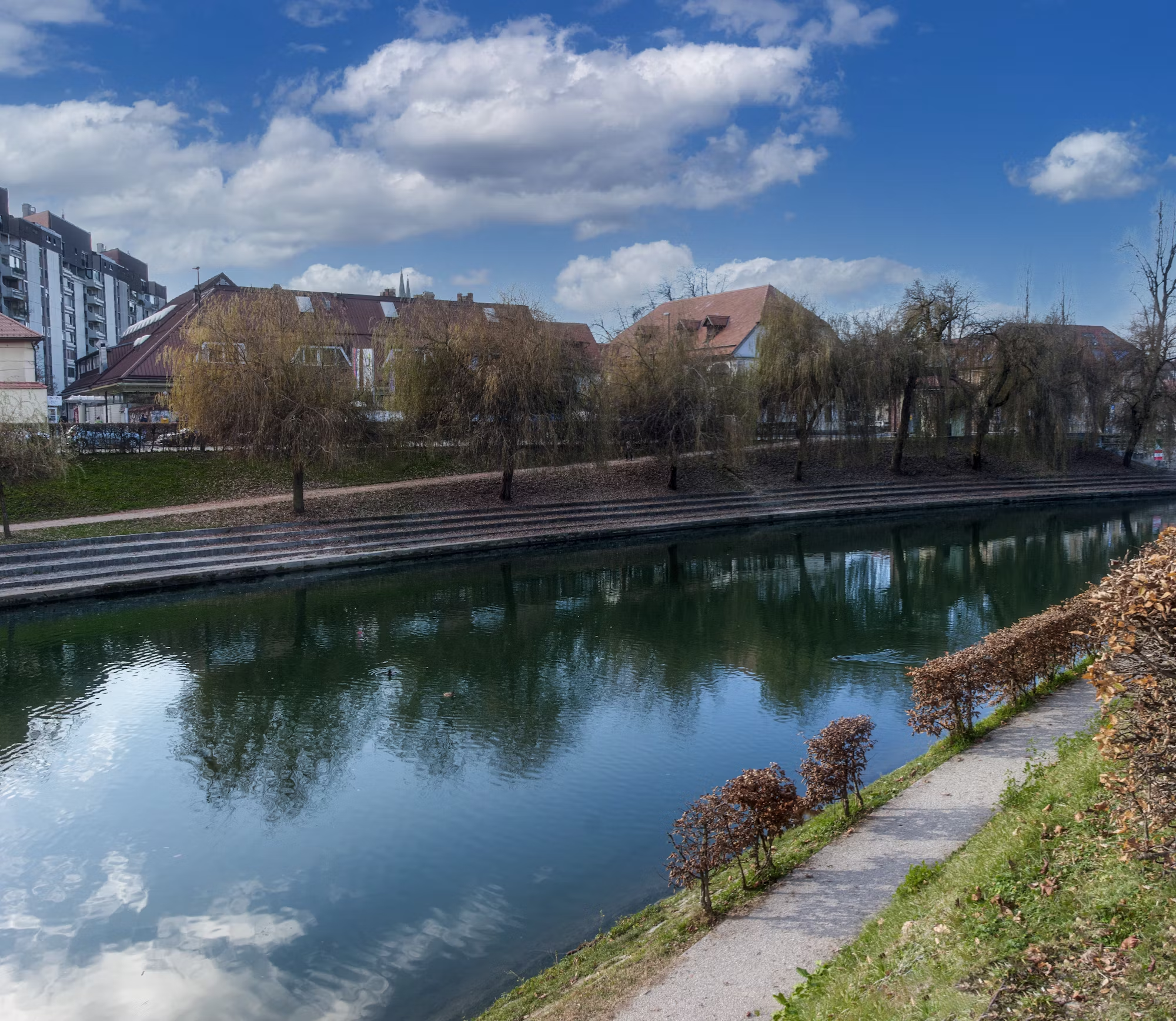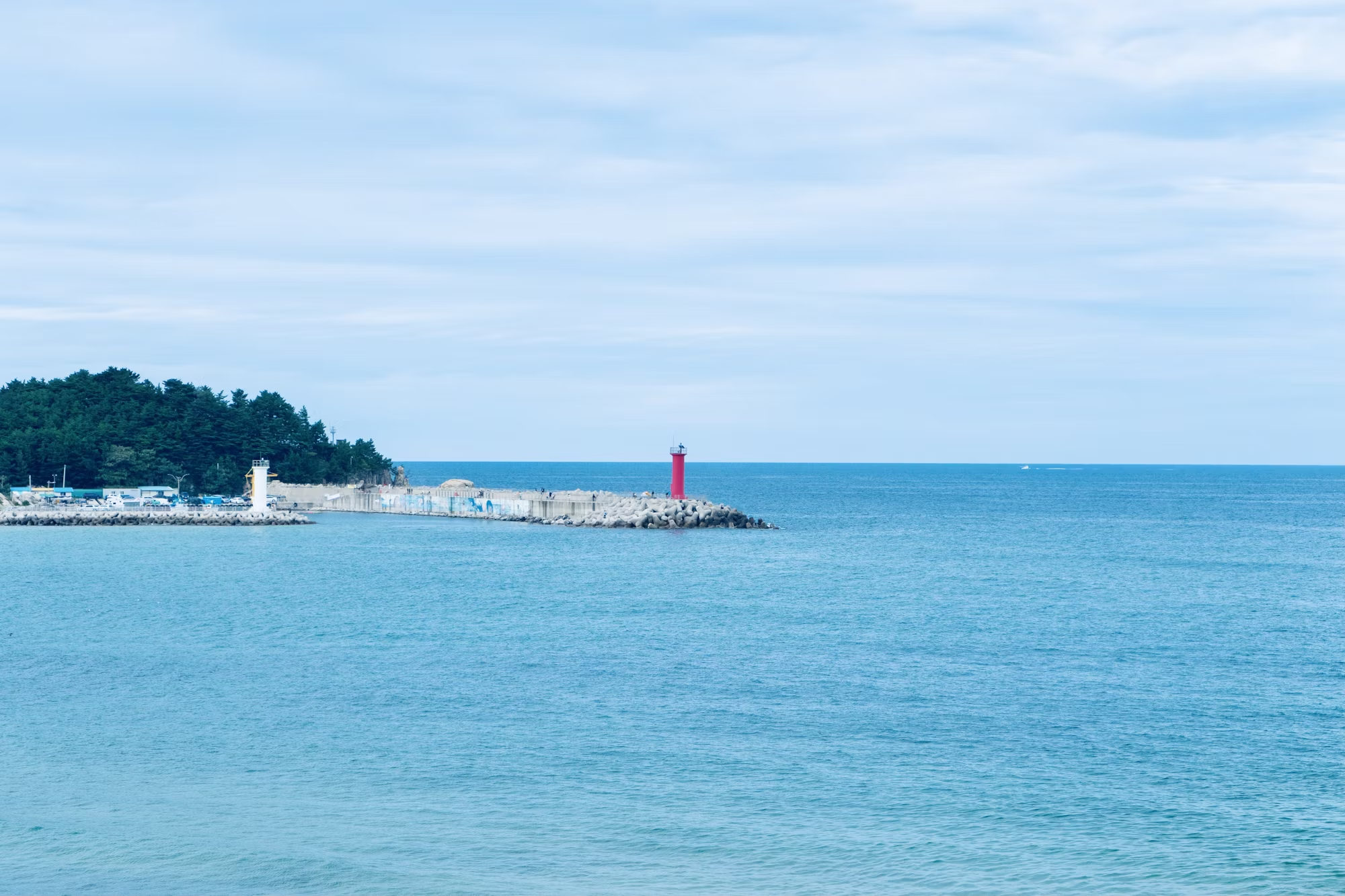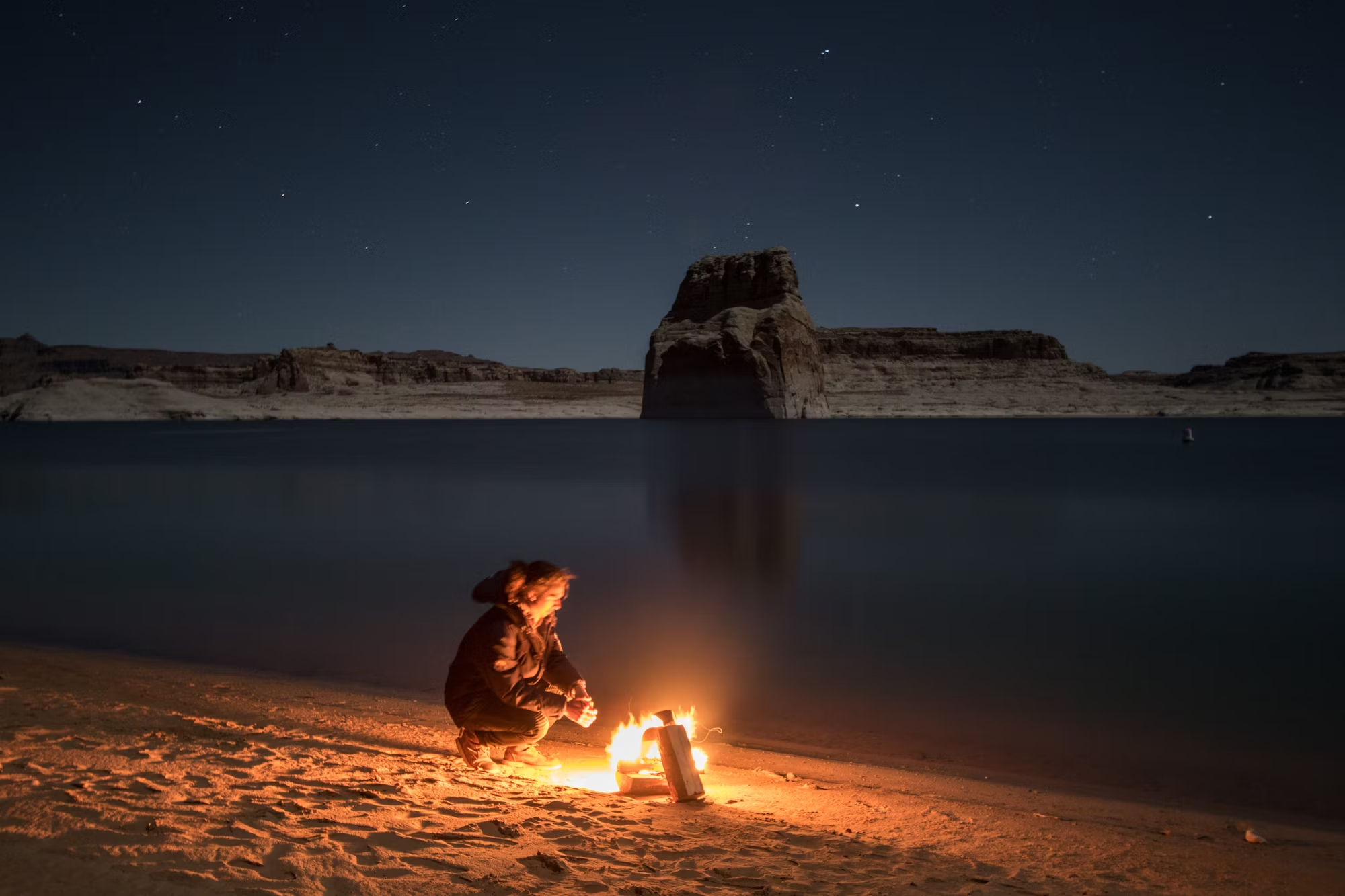Culinary tourism has become a significant trend in the travel industry, inviting food enthusiasts to explore the rich tapestry of flavors and traditions found in different cultures. This form of tourism goes beyond mere dining; it encompasses a deep appreciation for local ingredients, cooking techniques, and cultural heritage. As travelers increasingly seek authentic experiences, culinary tourism offers a unique opportunity to engage with local communities through their cuisine. This article explores the essence of culinary tourism, its rising popularity, key destinations, and practical tips for those eager to embark on a flavorful journey.
At its core, culinary tourism is about the exploration of food and drink as a way to understand and connect with a destination. Travelers seek to indulge in local delicacies, learn about the ingredients that define a region, and immerse themselves in the culinary traditions that have been passed down through generations. From street food stalls in Bangkok to Michelin-starred restaurants in Paris, the variety of dining experiences available is as diverse as the cultures they represent.
One of the primary reasons for the rise of culinary tourism is the growing interest in food culture and gastronomy. With the influence of social media and food-related television shows, people are more aware of global cuisines and eager to experience them firsthand. Travelers often document their culinary adventures on platforms like Instagram, showcasing vibrant dishes and local markets, which further fuels the desire to explore new flavors.
Destinations around the world have recognized the potential of culinary tourism and have begun to promote their unique food experiences. Italy, for instance, is a prime example of a country where culinary tourism thrives. The Italian cuisine, characterized by its regional diversity, fresh ingredients, and traditional cooking methods, attracts millions of food lovers each year. Travelers can indulge in authentic pasta dishes in Bologna, savor Neapolitan pizza in Naples, or explore the vineyards of Tuscany for a wine-tasting experience.
In addition to Italy, Mexico has emerged as a top culinary destination. Mexican cuisine, recognized by UNESCO as an Intangible Cultural Heritage, offers an explosion of flavors, colors, and textures. From street tacos to intricate mole sauces, the country’s culinary landscape is vast and varied. Cities like Oaxaca and Mexico City are renowned for their rich culinary traditions and vibrant food scenes, providing ample opportunities for visitors to engage with local chefs and learn about traditional cooking techniques.
Japan is another country where culinary tourism flourishes. With its emphasis on seasonal ingredients, presentation, and balance, Japanese cuisine is a feast for the senses. Travelers can explore the bustling streets of Tokyo, sampling sushi, ramen, and tempura, or venture to Kyoto to experience traditional kaiseki dining. Many travelers also participate in cooking classes, where they can learn the art of sushi making or the intricacies of Japanese tea ceremonies, deepening their understanding of this exquisite cuisine.
For those who enjoy exploring more unconventional culinary landscapes, Thailand offers a wealth of experiences. The vibrant street food culture is an integral part of Thai life, with local vendors serving up dishes that reflect the country’s diverse influences. Visitors can join food tours to sample regional specialties such as green curry in the south or som tam (papaya salad) in the northeast. Cooking classes in Thailand often include visits to local markets, where participants can learn about fresh produce and spices, creating a direct connection between the ingredients and the final dish.
When embarking on a culinary journey, it’s essential to approach it with an open mind and a willingness to explore. Here are some practical tips for travelers eager to immerse themselves in culinary tourism:
1. Do Your Research: Before traveling, research the local cuisine and popular dishes of your destination. Understanding the culinary traditions will enrich your experience and help you make informed choices when dining.
2. Engage with Locals: Seek out opportunities to connect with local chefs, home cooks, or food vendors. Engaging with locals can provide valuable insights into the cultural significance of certain dishes and cooking techniques.
3. Join Culinary Tours: Consider joining guided food tours or cooking classes. These experiences not only offer a chance to taste local delicacies but also provide an educational component that enhances your understanding of the cuisine.
4. Explore Local Markets: Visiting local markets is a fantastic way to discover fresh ingredients and local specialties. Take the time to stroll through the stalls, sample street food, and interact with vendors.
5. Be Adventurous: Don’t be afraid to try new dishes or flavors. Culinary tourism is about exploring the unknown, so embrace the opportunity to taste dishes that may be outside your comfort zone.
6. Document Your Journey: Capture your culinary experiences through photography or journaling. This not only creates lasting memories but also allows you to share your journey with others.
Culinary tourism is more than just a means to satisfy hunger; it is a gateway to cultural exploration and connection. By indulging in local cuisines, travelers can gain a deeper appreciation for the people, traditions, and history that shape a destination. Whether it’s enjoying a home-cooked meal with a local family or participating in a traditional cooking class, the experiences gained through culinary tourism can create lasting memories and foster a sense of global community.
In conclusion, the world of culinary tourism offers a rich tapestry of flavors and cultural experiences waiting to be explored. As travelers embrace this trend, they not only satisfy their palates but also contribute to the preservation of culinary traditions and local economies. By venturing into the kitchens, markets, and restaurants of the world, individuals can embark on a journey that is both delicious and enlightening, discovering the stories behind the food that nourishes us all.









